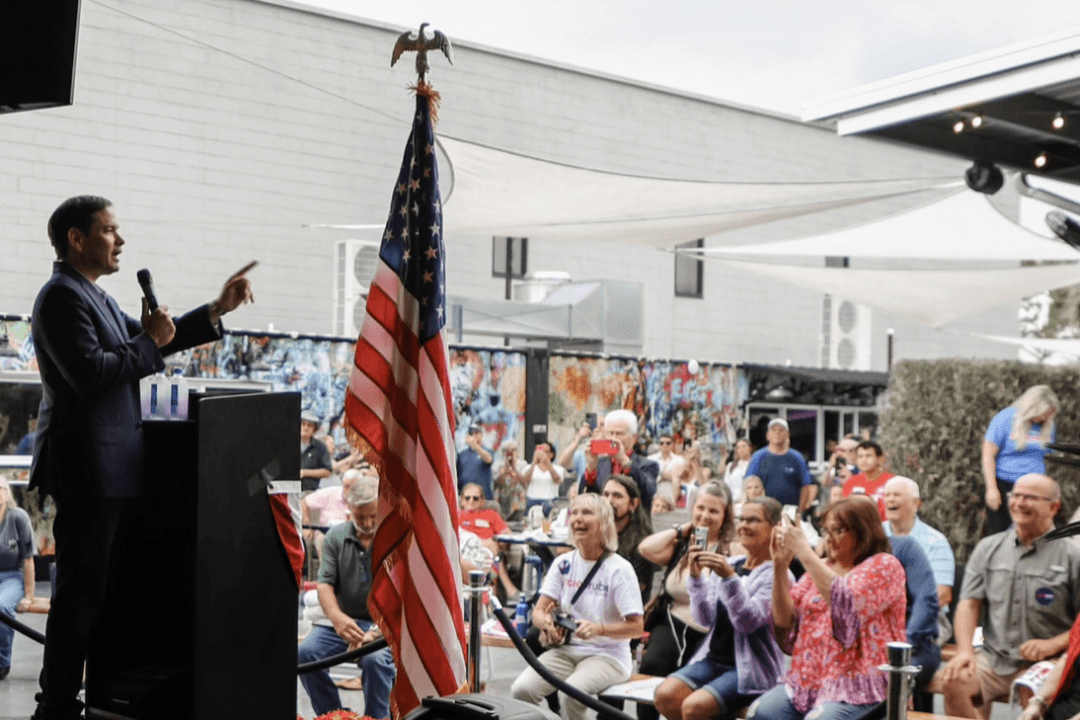After a year of campaigning in her bid to unseat incumbent Republican Sen. Marco Rubio (R-Fla.), Democratic challenger Rep. Val Demings (D-Fla.) defined in one nine-word Nov. 6 Twitter post what it will take to win Nov. 8.
“This election will come down to one thing: turnout,” she wrote.
The problem for Demings and fellow Democrats is the GOP has more voters to turn out in the rapidly reddening Sunshine State and early voting figures indicate Republicans are, indeed, turning out.
In November 2021, just three years after Democrats had a 260,000 advantage in registered voters statewide, the number of enrolled Republicans voters exceeded those of Democrats for the first time in Florida history.
Exactly one year later, that 6,035 GOP voter registration edge has grown to more than 300,000, according to voter registration numbers published Nov. 1 by the Florida Secretary of State Office’s Division of Elections.
The overall number of registered Florida voters for the midterm election has declined since the 2020 general election by nearly 40,000—14.5 million to 14.46 million—which is typical for non-presidential election voter registration numbers.
But despite the dip in overall registered voters since 2020, Florida Republicans over that span have added nearly 45,000 to their voting rolls, while Democrats have nearly 300,000 fewer registered voters in their ranks than two years ago.
Amid these diverging trends is the sustained growth in non-affiliated voters in Florida as well as across the nation. There were more than 3.8 million unaffiliated voters in 2020 and nearly 4 millio on Nov. 1, 2022.
It is the turnout among this bloc of voters, roughly 30 percent of Florida’s total electorate, that Demings must induce to defeat the favored Rubio on Nov. 8.
Unaffiliated voters, however, tend to vote along conservative lines, only without the ideological pretense of party partisans. They also tend to be more influenced by unfolding events and those concerns, reflected in polls across Florida and the nation, are overwhelmingly about the economy, the economy, and yes, the economy.
Rubio has pounded away at Demings as a supporter of President Joe Biden’s policies that he and other Republicans say are responsible for a 40-year-high in inflation.





